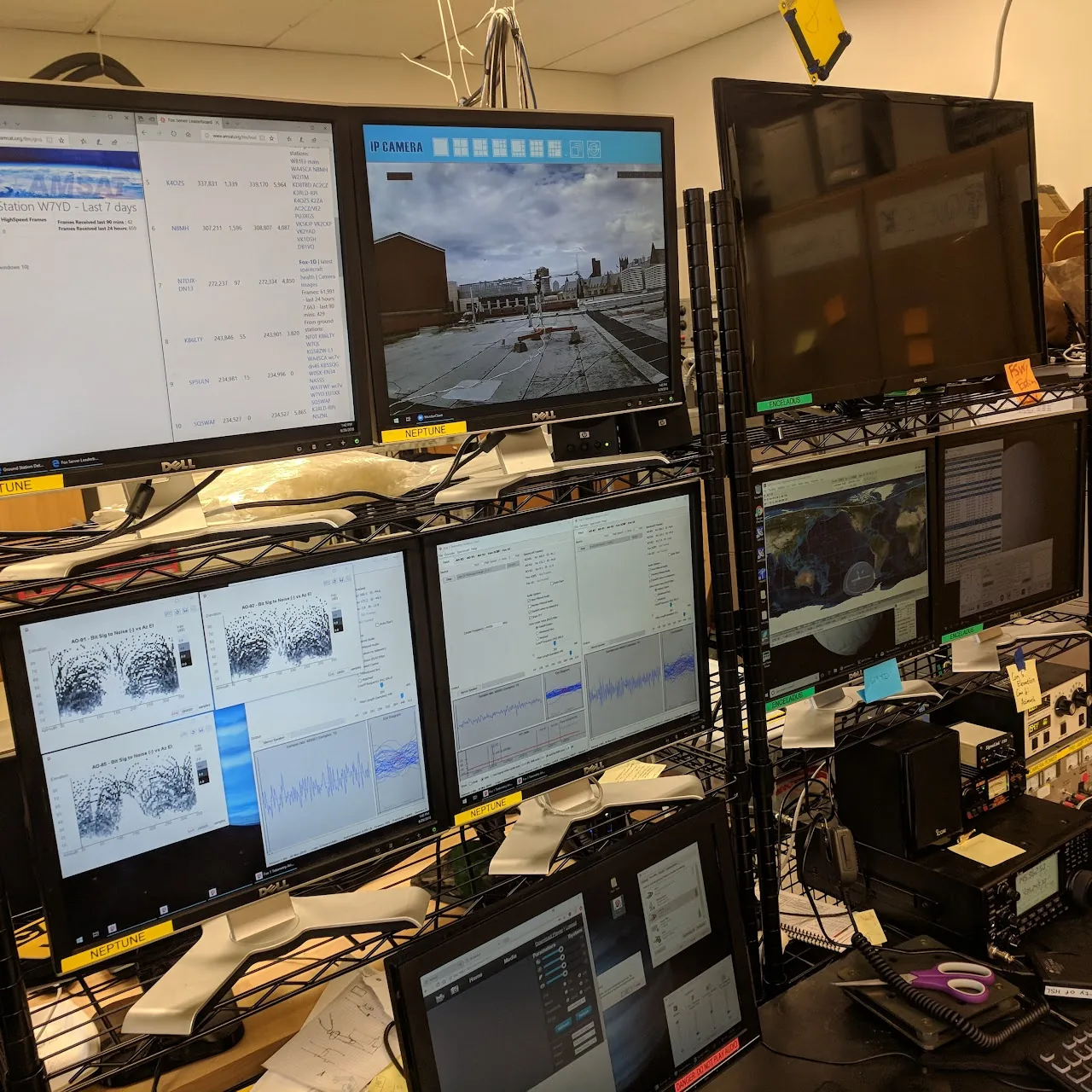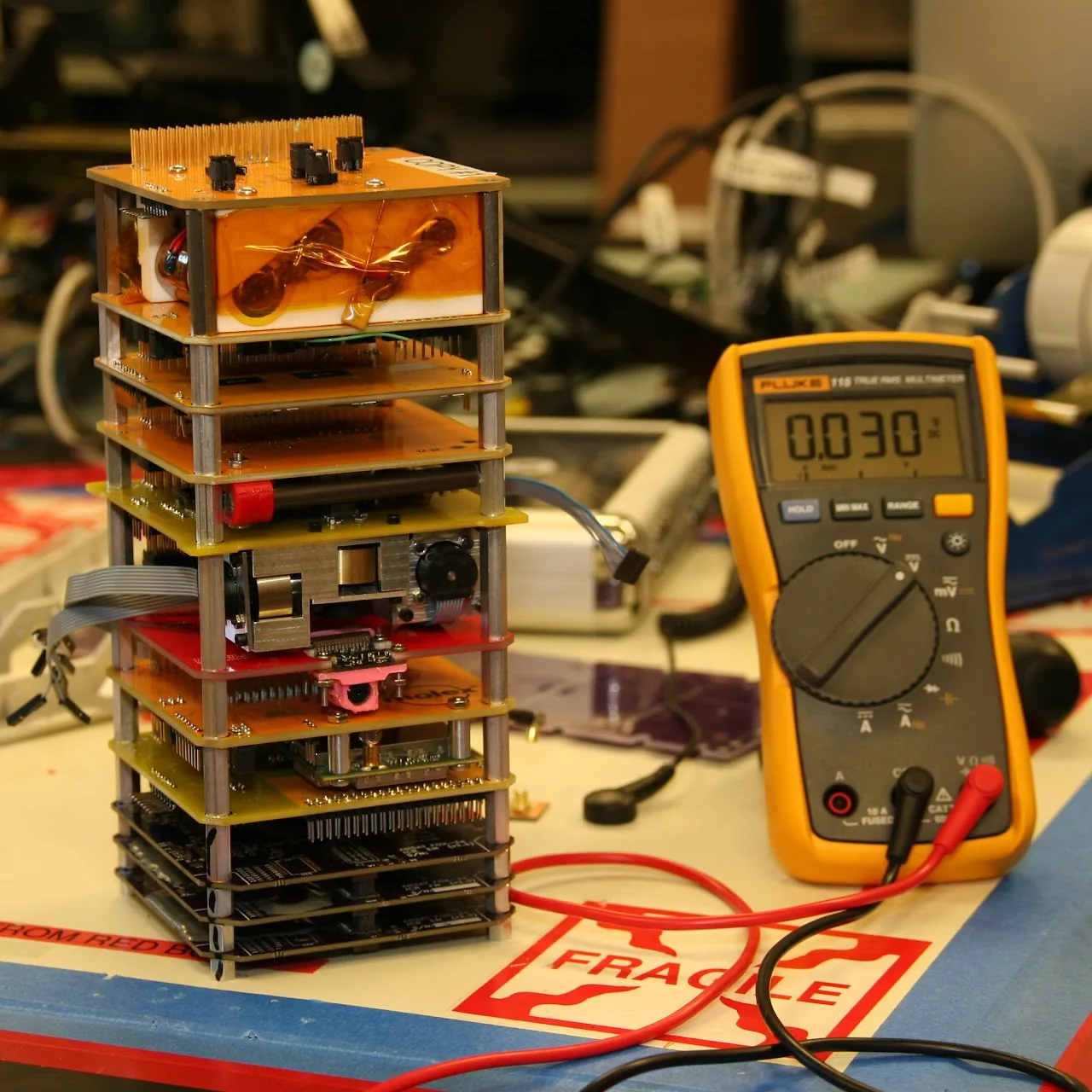The Husky Satellite Lab is taking the University of Washington to space
Overviewlink
The Husky Satellite Lab (HSL), founded in 2015, is a Research and Development laboratory set in the University of Washington. The HSL has long been dedicated to furthering the capabilities of Cube-Satellite (CubeSat) technologies and advancing efforts of scientific research and exploration.
Filled with intense passion as well as the University of Washington’s best and brightest, the HSL’s vision involves some of the most ambitious CubeSat missions that currently exist worldwide. Currently, the HSL’s primary focus lies in empowering interplanetary exploration on a CubeSat level.
To take the next step in a future with CubeSats driving interplanetary exploration, the HSL created a three-mission journey, with the final destination as the Moon. These missions, named HuskySat-1, HuskySat-2, and HuskySat-3, will provide a foundation for future CubeSat development and provide significant momentum for CubeSat scale interplanetary exploration.
Here at HSL, we’re the dreamers, the believers, and the creators! We pride ourselves on bringing enthusiasm into every aspect of our team, maintaining a collaborative spirit, and taking initiative in all of our endeavors. As one of the best satellite labs in the country, HSL is home to some of the greatest future space scientists and engineers! With extremely ambitious missions, an unparalleled sense of passion, and a fiery drive for innovation, HSL strives to advance UW’s Space Program and build its legacy in the future of space exploration!
Sponsors
University of Washington
Washington Space Grant
NASA

University Nanosatellite Program

Apex

AMSAT
Valispace
SimScale
Green Heron Engineering
Takasago Fluidics
Systima Technologies
Molex
Total Phase
Stoke Space
Charter Space
Questions?
Contact us at [email protected] ⟶


